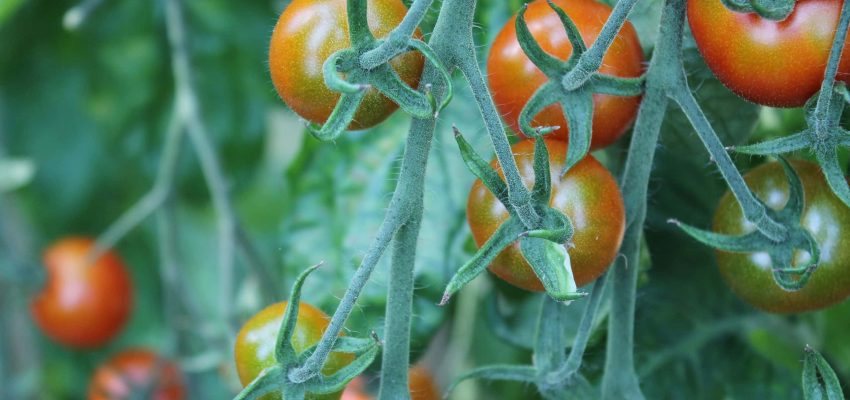Hello, fellow gardening enthusiasts! Welcome to my new blog where you’ll find regular updates of gardening wisdom and design inspiration.
Entering the new year, I’m excited to embark on a brand-new journey. Teaming up with a couple of neighbours, we will be taking over a coveted allotment plot! These plots are in high demand and serve as the golden ticket to the gardening world – an opportunity too tempting to resist.
Our allotment plot, a generous 100m2 with its own shed and water barrel, is set to be a shared green space. While our primary goal is growing delicious veggies, I’m also using this opportunity to experiment with layouts and design elements. And, where possible, I’ll be adding a splash of colour and joy with some cut flowers. As a total vegetable-growing newbie, I’ve accepted the idea that this first year will be about embracing the green chaos, experimenting with seeds, and discovering what works.
Seven Top Tips
To ensure I’m not wandering cluelessly through this gardening venture, I’ve done my homework. Here are some valuable tips I’ve gathered to kickstart our allotment journey on the right foot:
Start Small, Dream Big:
Choosing a manageable plot size and sharing the space with neighbours minimizes the workload and creates a collaborative learning environment.
Easy Greens:
Opt for easy-to-grow vegetables for a confident and successful start. Radishes, lettuce, tomatoes, courgettes, cucumbers, carrots, peppers, beans, spinach, and various herbs are excellent choices.
Flower Power:
Don’t let veggies hog all the fun! Adding cut flowers brings numerous benefits, from attracting pollinators to acting as natural pest controls and boosting biodiversity. Nasturtiums and marigolds make great companions for veggies, while sunflowers, dahlias, and zinnias add vibrancy and color.
Soil TLC:
Focus on the dirt! Testing and amending the soil is a top priority. Seasoned veggie growers swear by compost—it’s the cornerstone of successful and sustainable gardening. Incorporating compost lays the groundwork for a flourishing and productive garden.
Spatial Awareness:
Stay flexible with your garden layout. Skip fixed or raised beds initially to understand the space better. This saves time and money down the gardening road.
Monthly Maintenance:
Roll up your sleeves for some regular maintenance. Stay on top of weeding, provide support for veggies like tomatoes, and address specific needs like pest control and watering.
Become a Journal Junkie:
Keep track of everything! Maintaining a journal is a fantastic way to learn from experiences and enhance future harvests. Record planting and harvesting dates, vegetable or flower varieties, general conditions, soil amendments, layouts, plant combinations, and, crucially, yields.

Join Me
In the coming months, I will be eagerly watching the transformation of our veggie plot, envisioning succulent tomatoes and strings of green beans. I extend a warm invitation for you to join me on this journey of growth and discovery. Whether you’re a seasoned gardener or someone just starting out, your valuable tips are more than welcome – let’s cultivate wisdom together!





